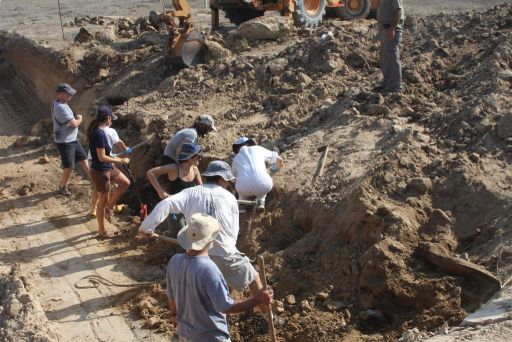From shells to bones, the skeletons of all organisms contain tiny amounts of metallic elements such as magnesium. It is important to understand the relationship between these concentrations and the ancient environment in which that organism lived.

From shells to bones, the skeletons of all organisms contain tiny amounts of metallic elements such as magnesium. Since the concentrations of these elements provide important clues as to the environment that prevailed in the past, an extensive effort was made to understand the relationship between these concentrations and the ancient environment in which the same organism lived.
In the October issue of the journal Science, the two researchers Dr. Allison Stephenson and the professor of geological sciences in the Virginia Tech School of Sciences Patricia Dove and their colleagues published that a hydrophilic protein, similar in nature to those found in calcifying organisms, significantly increased the magnesium content in calcite.
"We already knew from previous research done in our group that the chemistry of simple peptides as well as other proteins can be directed so that they can influence the control of crystal growth and their morphology," said researcher Dove. "From this understanding we realized that the ability of certain biological compounds to absorb into water may also affect the amount of impurities found in minerals."
"All organisms use proteins to create complex structures with extraordinary functions from minerals," the researcher noted. However, this finding is significant mainly for geologists because the magnesium content in coals (carbonates) is used as a kind of geological thermometer. That is, we know that magnesium content increases with temperature, but now we understand that certain biological compounds may also affect this unique "signature". The findings raise questions regarding the interrelationships of various factors that affect the metal content in biological compounds."
The findings also offer new insights regarding the preparation of materials since a high level of control over the concentration of impurities is often required to obtain certain properties such as strength and electrical conductivity. Through the use of biological compounds, it may and will be possible to adjust, and especially to reduce, the infections to desired levels, the researcher explained. In addition, this basic research offers new ways to look at the biochemical origins of skeletal diseases and whether local biochemistry can affect the level of absorption of toxic metals into the human skeleton," the researcher stated.
